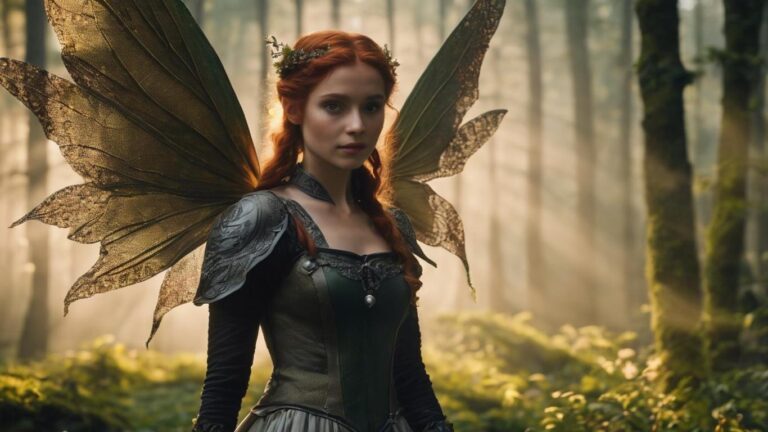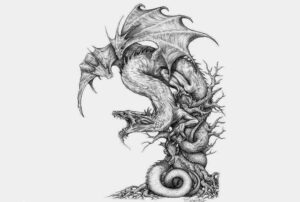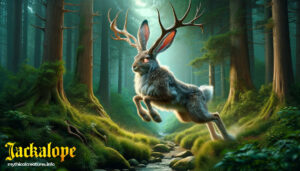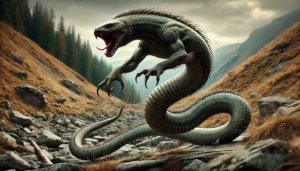Table of Contents
A fairy is a mythical being or creature often depicted in folklore and mythology, especially in European traditions. Fairies are typically portrayed as supernatural entities with magical powers, and they are often associated with nature, forests, and enchantment.
The Varied Physique
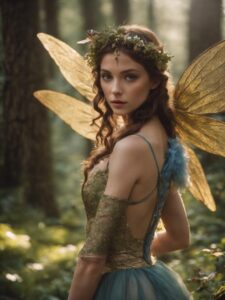
The Diverse Personality Traits
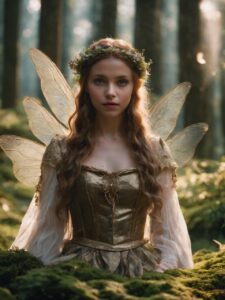
Special Abilities
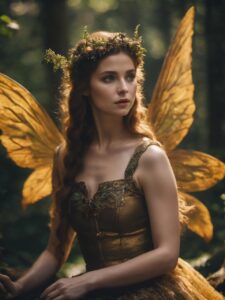
Fairies often wield diverse abilities, reflecting their magical nature. These include flight with wings, illusion crafting, shape-shifting, teleportation, healing powers, invisibility, weather manipulation, nature communication, time distortion, wish-granting, enchanting music, and control over elements. Additionally, these captivating capabilities contribute to the enchanting and mystical aspects of fairy folklore, making them captivating figures in mythology and literature.
Origin
The concept of fairies, deeply rooted in diverse cultural and mythological traditions, weaves its origins into the rich tapestry of global folklore and storytelling. Moreover, exploring these origins provides valuable insights into the evolution of the fairy concept across various regions.
European Folklore. In Celtic traditions, the sidhe and aos sí, supernatural beings associated with hills and nature, serve as precursors to the modern fairy concept. Meanwhile, Teutonic and Germanic folklore introduce elves and dwarfs, influencing the development of fairy mythology.
Scandinavian Folklore. Norse mythology contributes light elves (Ljósálfar) and dark elves (Dökkálfar), akin to fairies in other traditions, adding a Norse touch to the broader spectrum of fairy beings.
Middle Ages. The Middle Ages witnessed a flourishing belief in supernatural beings, including fairies, dwelling in woodlands and wild places throughout Europe.
Literary Contributions. Poets, writers, and playwrights, notably during the Renaissance and Elizabethan eras, significantly shaped the popular image of fairies. William Shakespeare’s plays, such as “A Midsummer Night’s Dream,” romantically contributed to the portrayal of fairies.
Folktales and Oral Tradition. Many fairy tales and folklore find their roots in oral traditions passed down through generations. These stories feature magical beings, aligning with the characteristics of modern fairies.
Christian Influence. Christian beliefs influenced the perception of fairies, viewing them in some contexts as fallen angels or spirits caught between heaven and hell.
Global Mythology. Supernatural beings with magical qualities, akin to fairies, exist in various mythologies globally. While not identical to European fairies, these beings share common themes of enchantment and otherworldly powers.
It’s crucial to acknowledge that the fairy concept varies across cultures, each region contributing unique variations and beliefs. Over time, the interplay of oral traditions, folk beliefs, literary works, and cultural exchanges has shaped the diverse and evolving nature of fairy mythology.
FAQ
What are fairies?
Fairies are mythical creatures with magical attributes, often depicted as small, humanoid beings with wings and supernatural powers.
How would you describe a fairy?
A fairy is typically described as a small, magical creature with humanoid features, wings, and mystical abilities, often associated with nature and folklore.
Who qualifies as a fairy person?
A fairy person is someone believed to have a connection or affinity with fairies, either through mythology, folklore, or a personal spiritual belief.
Is a fairy an actual entity?
The existence of fairies is a matter of folklore and mythology; there is no scientific evidence supporting the reality of these mythical beings.
Are fairies considered fallen angels?
In mythology and folklore, fairies and fallen angels are distinct entities; fairies are often associated with nature, while fallen angels have religious connotations.
What is the diet of fairies?
Fairies are commonly associated with consuming nectar, fruits, and other enchanted or ethereal foods in folklore and mythology.
What are fairies fond of?
Fairies are often depicted as being fond of nature, music, dance, and magical activities, according to various cultural traditions.
How can one discover fairies?
The discovery of fairies is typically portrayed in folklore through mystical experiences, magical realms, or by having a deep connection with nature.
Can fairies experience love?
In folklore and mythology, some stories suggest that fairies can experience emotions, including love, often portrayed in magical or whimsical contexts.
Can dogs perceive fairies?
According to folklore, some believe that certain animals, including dogs, may have the ability to perceive or sense the presence of fairies.
Who possesses the ability to see fairies?
The ability to see fairies is often attributed to individuals with a heightened sense of perception, a deep connection to nature, or those with a mystical and open-minded outlook on the world.
